NYC School Librarian Guidebook: Diversity and Equity
Introduction: Diversity & Equity
Resources to examine our inherent bias, promote personal awareness, and help us build collections for our students that reflect themselves and the world around them.
Diversity and Books
-
We Need Diverse Books
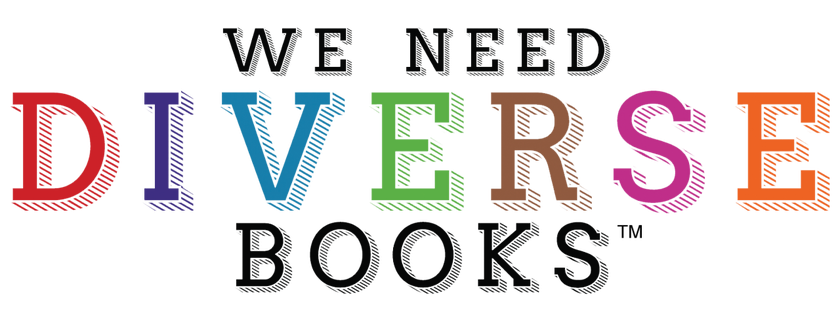 We Need Diverse Books™ is a grassroots organization of children’s book lovers that advocates essential changes in the publishing industry to produce and promote literature that reflects and honors the lives of all young people.
We Need Diverse Books™ is a grassroots organization of children’s book lovers that advocates essential changes in the publishing industry to produce and promote literature that reflects and honors the lives of all young people. -
American Indians in Children's LiteratureEstablished in 2006, American Indians in Children's Literature (AICL) provides critical perspectives and analysis of indigenous peoples in children's and young adult books, the school curriculum, popular culture, and society. Scroll down for links to book reviews, Native media, and more.
-
Colorin Colorado!
 A bilingual site for educators and families of English Language Learners.
A bilingual site for educators and families of English Language Learners. -
Disability in Kid Lit
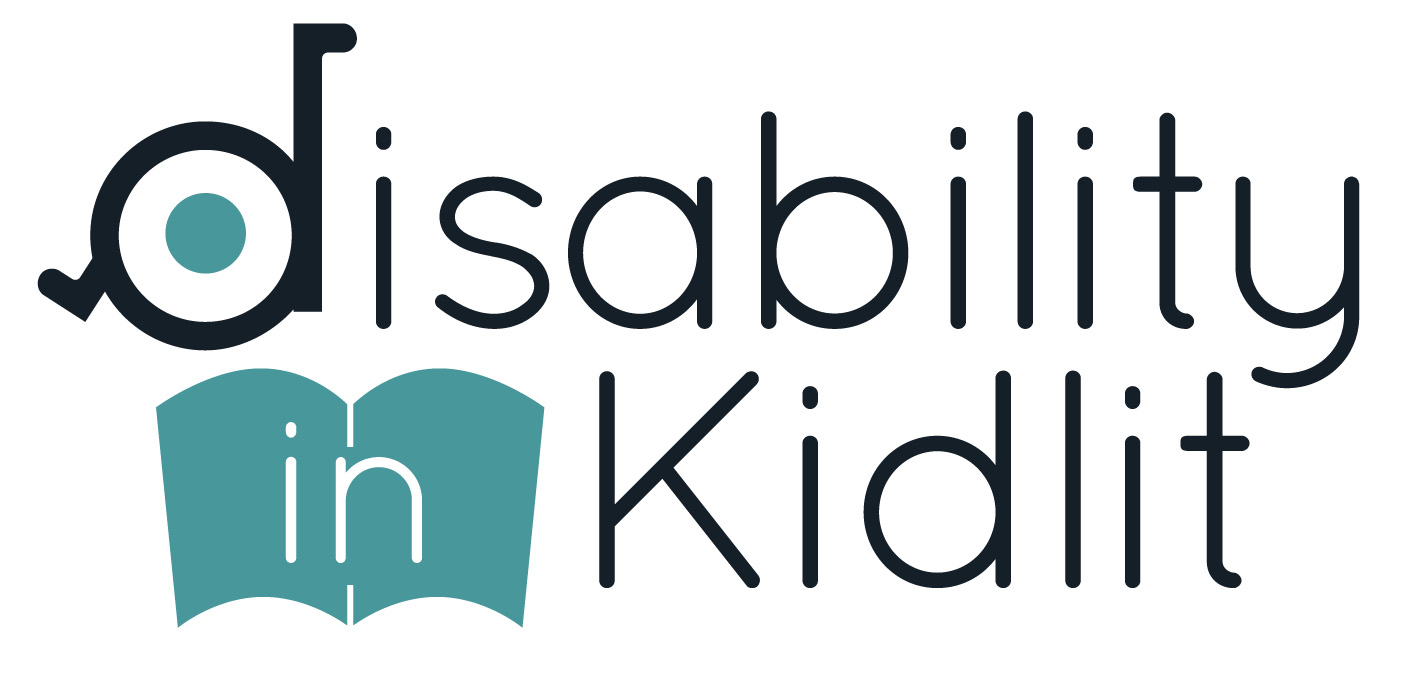 Disability in Kidlit is dedicated to discussing the portrayal of disability in middle grade and young adult literature. We publish articles, reviews, interviews, and discussions, examining this topic from various angles—but always from the disabled perspective.
Disability in Kidlit is dedicated to discussing the portrayal of disability in middle grade and young adult literature. We publish articles, reviews, interviews, and discussions, examining this topic from various angles—but always from the disabled perspective. -
Lee and Low Books
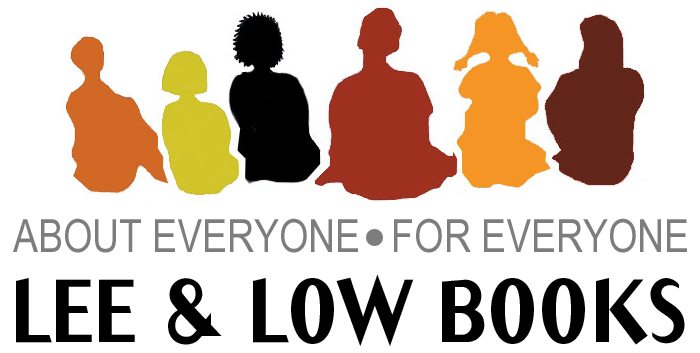 The largest multicultural publisher in the United States - about everyone, for everyone
The largest multicultural publisher in the United States - about everyone, for everyone
- How to Tell the Difference: A Guide to Evaluating Children's Books for Anti-Indian Bias Use this guide to evaluate your collection from Oyate, a Native organization that evaluates books and curricula with Indian themes.
- Social Justice Books A guide to selecting anti-bias children's books.
- Ten Quick Ways to Analyze Children's Books for Racism and Sexism These ten guidelines are offered as a starting point in evaluating children’s books, from World of Words Center for Global Literacy at the Univ. of Arizona.
- Open Book Blog A blog on race, diversity, education, and children's books.
- Reading While White A blog from white library workers that covers racial diversity and inclusion in books for children and teens.
- We Need Diverse Books blog on materials selection
Resources on Sora for Teaching Diverse Populations
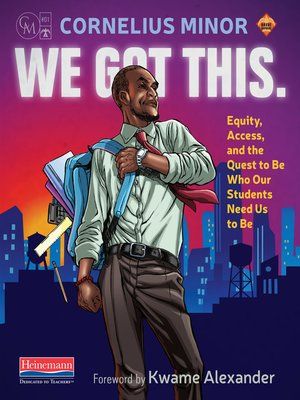
We Got This. Equity, Access, and the Quest to Be Who Our Students Need Us to Be by Cornelius Minor
While challenging the teacher as hero trope, We Got This shows how authentically listening to kids is the closest thing to a superpower that we have. What we hear can spark action that allows us to make powerful moves toward equity by broadening access to learning for all children. A lone teacher can't eliminate inequity, but Cornelius demonstrates that a lone teacher can confront the scholastic manifestations of racism, sexism, ableism, and classism with practical insights about lesson planning, classroom rules, using universal design to create relevant, accessible curriculum, and advocacy strategies for making classroom and schoolwide changes that expand access to opportunity to your students.
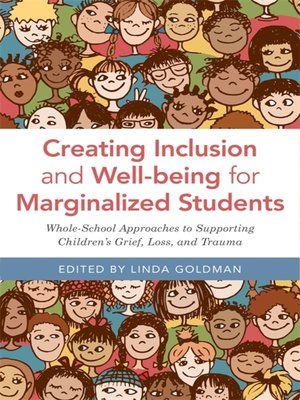
Creating Inclusion and Well-being for Marginalized Students Edited by Linda Goldman
Through a snapshot of the diverse student populous, this book explores the impact of experiences of loss, grief, and trauma on a student's learning and success. Topics covered include poverty, obesity, incarceration, immigration, death, sexual exploitation, LGBTQIA+ issues, psychodrama, the expressive arts, resilience, and military students. The authors share the children's perspective, and through case studies they offer solutions and viable objectives.
Library Services for Immigrants and New Americans: Celebration and Integration by Jennifer Koerber
Wondering what your library can do for your community's immigrant population? This book is replete with resources, tips, and suggestions providing valuable guidance to librarians who want to better serve this still-growing part of America's population. This up-to-date guide to developing and implementing a wide variety of services to immigrants and new Americans focuses on the practical steps of creating and promoting programs.
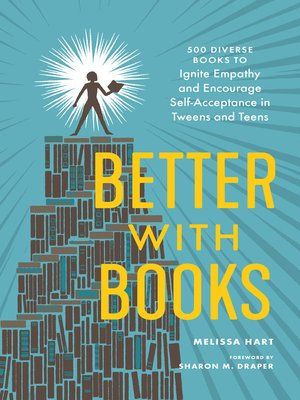
Better with Books by Melissa Hart
Featuring 500 diverse book recommendations covering a wide range of subjects, this preteen and teen reading guide is a "go-to resource for parents, students of young adult literature, teachers, and librarians" (School Library Journal).
As young people are diagnosed with anxiety and depression in increasing numbers, or dealing with other issues that can isolate them from family and friends -- such as bullying, learning disabilities, racism, or homophobia -- characters in books can help them feel less alone. And just as important, reading books that feature a diverse range of real-life topics helps generate openness, empathy, and compassion in all kids.
Diversity, Equity, and Inclusion in Action: Planning, Leadership, and Programming by Christine Bombaro
This book's model programs will help academic libraries offer approaches to diversity, equity, and inclusion (DEI) that position these priorities as ongoing institutional and professional goals by sharing a variety of initiatives that possess clear goals, demonstrable outcomes, and reproducible strategies.
Diversity Audits
A diversity audit is an inventory of a collection designed to measure the amount of diversity within the collection. It is a tool used to analyze collection data to make ensure we include a wide variety of points of view, experiences and representations within a collection. Reflective practitioners realize, now more than ever, it is critical to intentionally, and even aggressively, be working to diversify our collections.
Before starting a diversity audit, it's important to analyze the information currently available and to develop a plan for collecting the information that's not. Begin by answering the following questions:
-
How well do you know your community? Gather as much recent statistical and anecdotal data about the community you serve as you can.
-
Begin assessing for gaps. Use surveys, polls or other anecdotal data to gather information about your collection. What do you think is missing?
With the Teaching Books Collection Analysis Toolkit you can
- Create booklists with evolving collections of TeachingBooks resources tied to titles in your reading programs, syllabi, classrooms, and libraries.
- Audit your collection for diversity and inclusivity, while exploring additional titles that could meet your needs.
- Share your booklists and resources with students, colleagues, families—anyone in your community.
Custom Reading Lists: Build a booklist! Create an interactive display of your books, filled with resources and a List Analysis Report. Up to 200 titles.
Collection Analysis Reports: Analyze your collection! Generate a List Analysis Report that examines the composition of your collection.
Up to 10,000 titles.

-
Doing a Diversity AuditA series of posts from Karen Jensen that explains and documents the process of a diversity audit. Be sure to look at Part 2 and Part 3, linked at the bottom.
-
Classroom Library Equity AuditA guide to evaluate your library’s strengths, needs, and patterns, as well as to inform your next steps.
-
Take Action: Diversity Audit Guide & TemplateA tool from We Need Diverse Books on completing a diversity audit. See the link to the Accio Books Diversity Audit Template.
-
Diverse Library Inventory TemplateA template from Alison Collins.
-
Diversity Considerations in YA: Doing a Diversity AuditA complete guide to diversity auditing from Karen Jensen.
